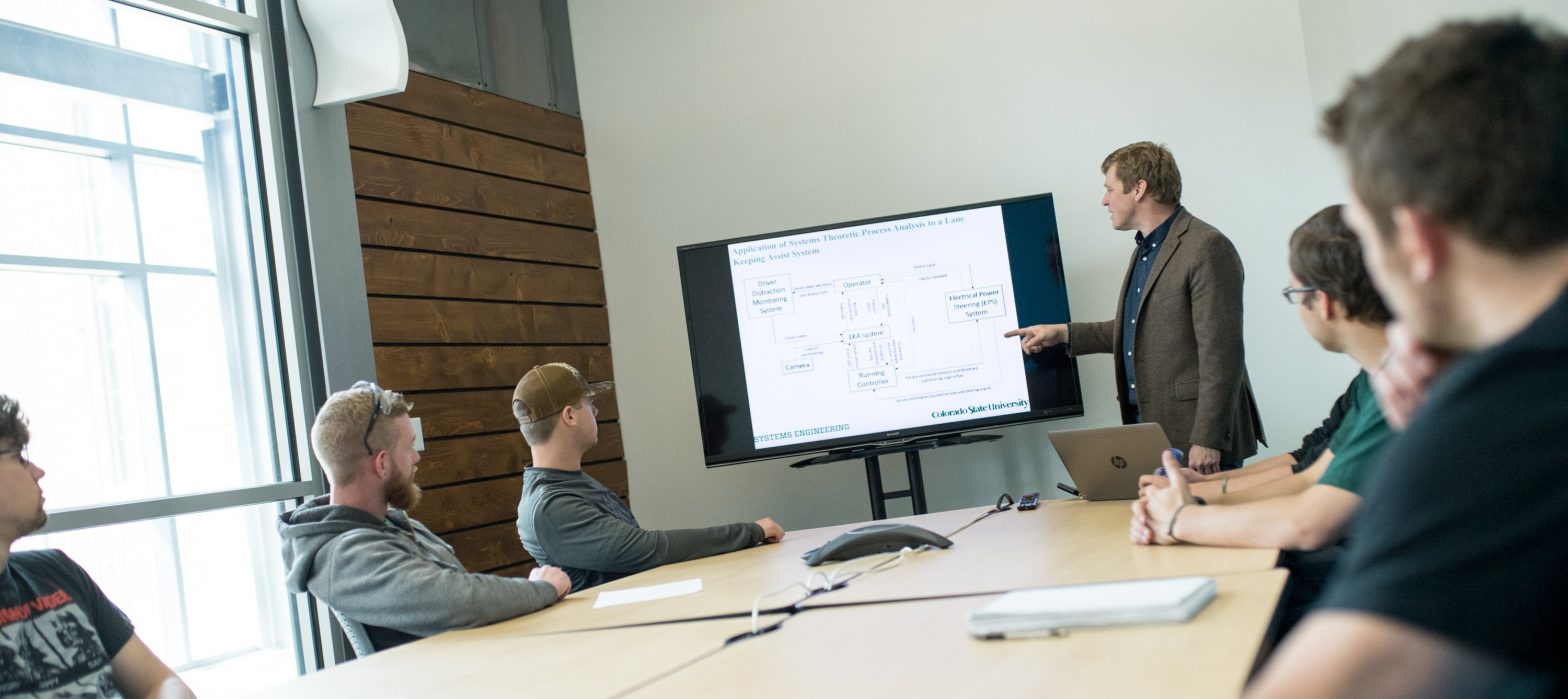Effective Model-based Systems Engineering
This textbook presents a proven, mature Model-Based Systems Engineering (MBSE) methodology that has delivered success in a wide range of system and enterprise programs. The authors introduce MBSE as the state of the practice in the vital Systems Engineering discipline that manages complexity and integrates technologies and design approaches to achieve effective, affordable, and balanced system solutions to the needs of a customer organization and its personnel. https://www.springer.com/la/book/9783319956688
Model Based Systems Architecture in Space Communication Systems (Sponsored by NASA)
NASA’s next generation space communications network will involve dynamic and autonomous services analogous to services provided by current terrestrial wireless networks. This architecture concept, known as the Space Mobile Network (SMN), is enabled by several technologies now in development. A pillar of the SMN architecture is the establishment and utilization of a continuous bidirectional control plane space link channel and a new User Initiated Service (UIS) protocol to enable more dynamic and autonomous mission operations concepts, reduced user space communications planning burden, and more efficient and effective provider network resource utilization. This work develops a model-driven architecture methodology to develop UIS. Such an approach is necessary to ensure systematic investigation of several open questions concerning the efficiency, robustness, interoperability, scalability and security of the control plane space link and UIS protocol. https://ntrs.nasa.gov/archive/nasa/casi.ntrs.nasa.gov/20170009906.pdf
System Safety for Vehicles (Sponsored by USDOE)
The implementation of autonomous vehicles involves an increase in the number and depth of system interactions in comparison to user-driven cars. There is a corresponding need to address the system safety implications of autonomy. Traditional hazard analysis techniques are not designed to identify hazardous states caused by system interactions. An emerging technique based on systems theory, Systems Theoretic Process Analysis (STPA), allows for inclusion of system-level causal factors by focusing on component interactions. This study researches the application of STPA to a lane keeping assist system, resulting in identification of design constraints and requirements needed to engineer a safer system. Click here for more information
